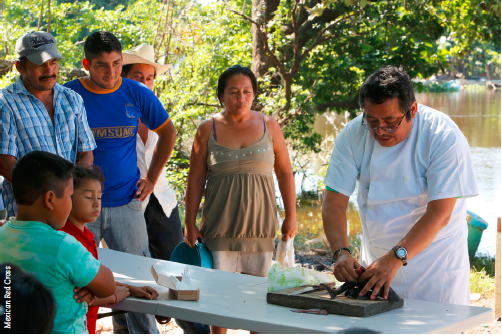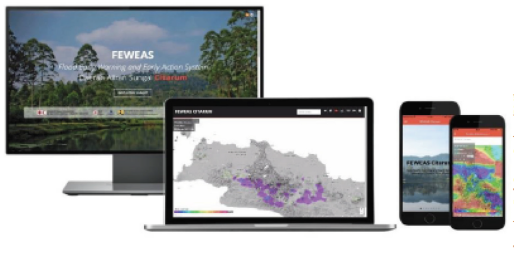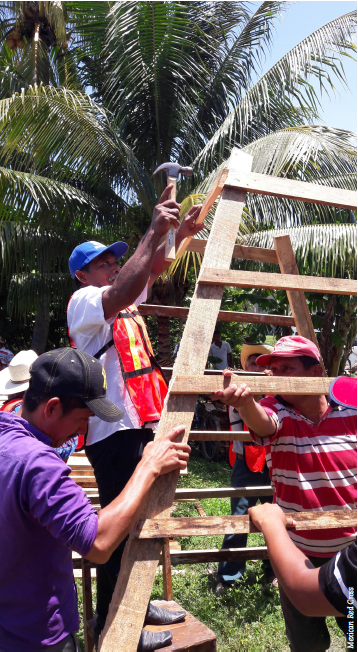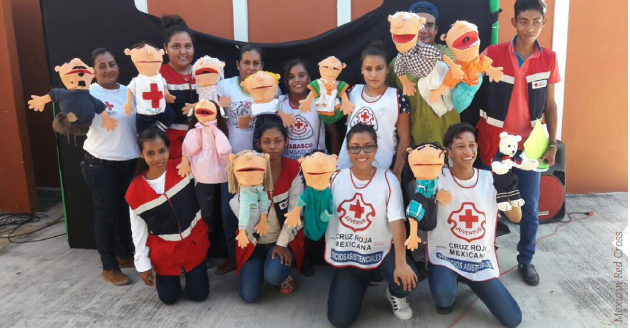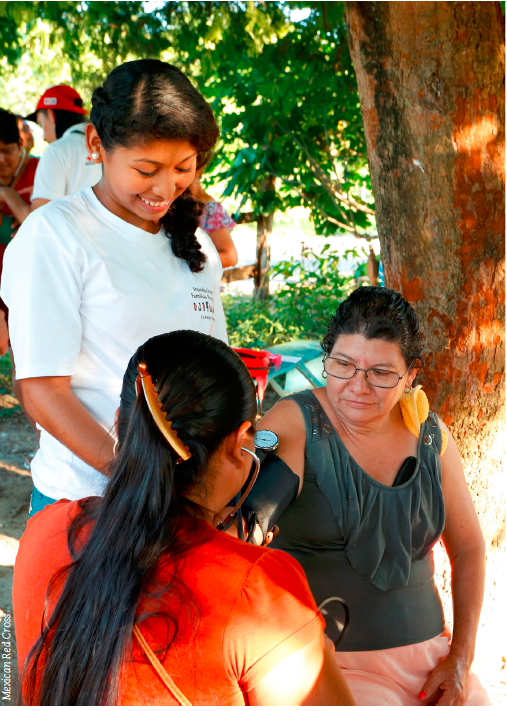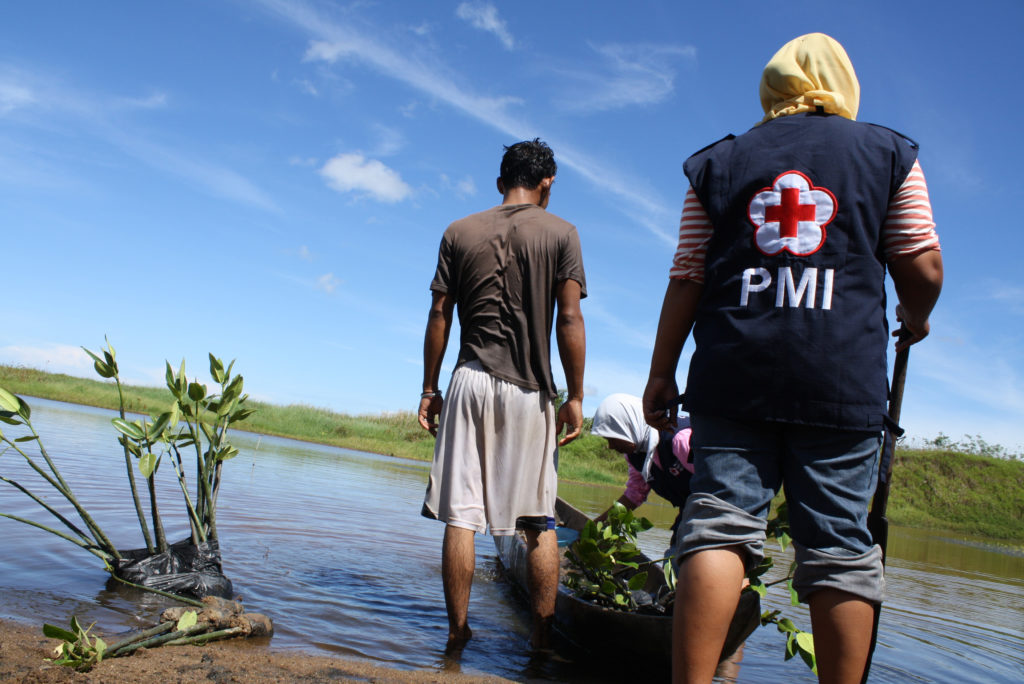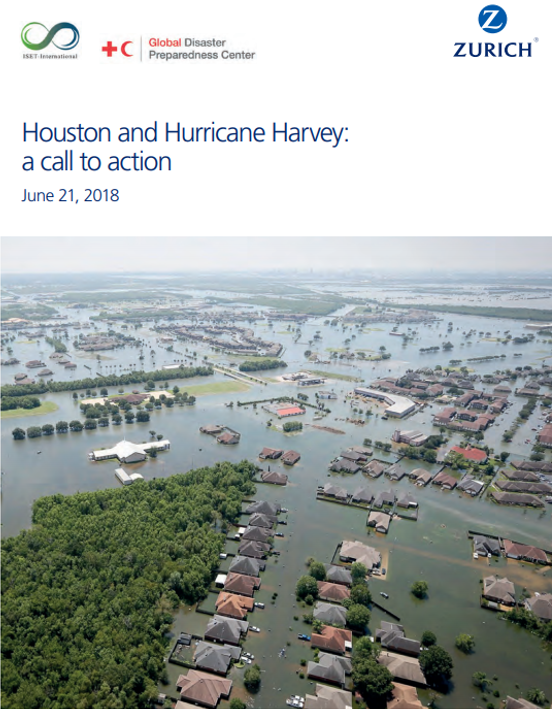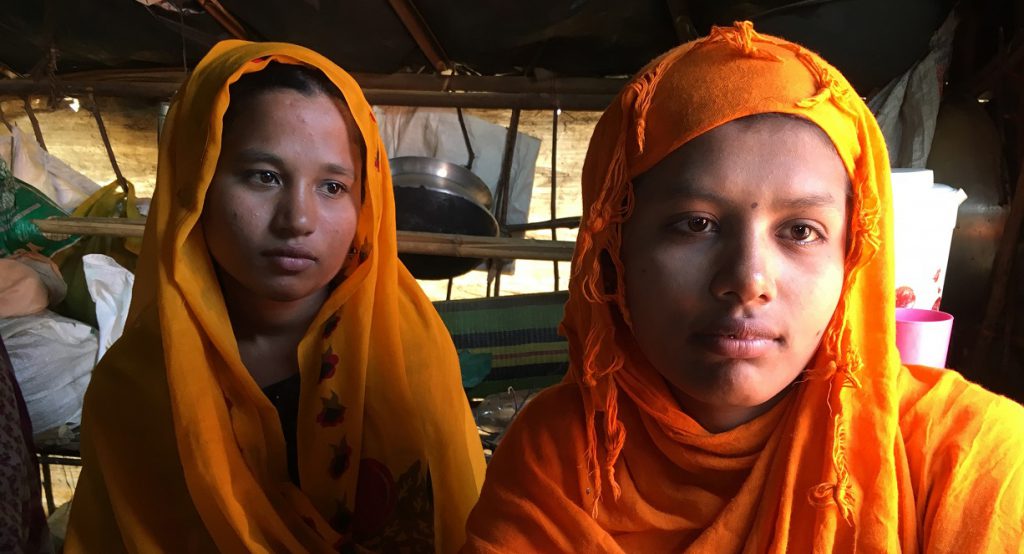Plecostumus: alternative family income and livelihood – Flood Resilience
The communities in the municipality of Jonuta (Tabasco, Mexico), have been coached in how to use the Plecostomus as a food source. The money generated in wages and from sales of Plecostomus have increased family incomes and improved local subsistence practices. The Flood Resilience Alliance (2013 -2017) is a five-year partnership that set out to develop […]
Plecostumus: alternative family income and livelihood – Flood Resilience Read More »

